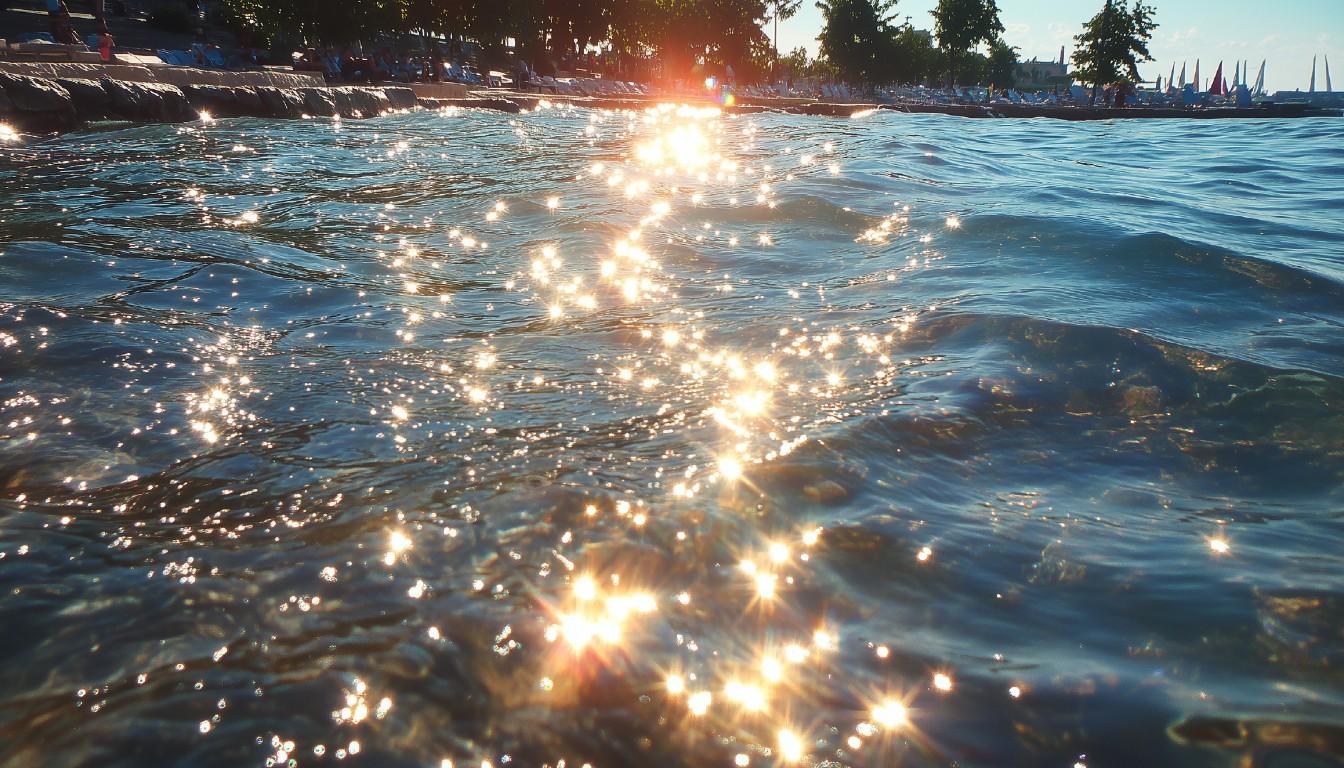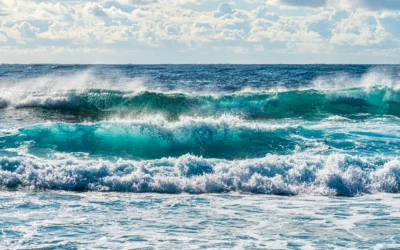Researchers from the Woods Hole Oceanographic Institution are embarking on an extensive experiment this summer aimed at tackling ocean acidification in the Gulf of Maine. The project, named LOC-NESS (Locking away Ocean Carbon in the Northeast Shelf and Slope), kicked off in 2023 and focuses on a method known as “ocean alkalinity enhancement.” Scheduled to take place in the area southeast of Portland, particularly at a site known as Wilkinson Basin, this initiative will be the largest field test of its kind to date.
As part of the test, the team plans to introduce 16,000 gallons of a sodium hydroxide solution, often referred to as lye or caustic soda, into a small 0.2-square-mile (128-acre) patch of ocean. While the alkaline solution will rapidly dilute upon entering the water, it is anticipated to cause a minor increase in pH levels in an environment that has experienced a gradual decrease in pH over the last two centuries due to anthropogenic activities.
According to Adam Subhas, the lead researcher on the project, oceans play a crucial role in carbon sequestration, absorbing approximately 30% of the carbon dioxide emissions released into the atmosphere. When seawater absorbs CO2, it forms carbonic acid, which can lower ocean pH levels. Subhas explained, “The natural response of the ocean earth system to this acidification is that alkaline minerals, like limestone and the shells of organisms, will re-dissolve in response to that acidity and add that alkalinity back into seawater, and this neutralizes that acidity.”
However, with increasing levels of CO2 attributable to human industry, the ocean’s natural buffering capacity has not kept pace. The pH of surface ocean waters has decreased by about 0.1 units in the past 200 years, with current measurements indicating a pH of 8.1, as stated by the National Oceanic and Atmospheric Administration. This seemingly small change translates to a significant increase in acidity—approximately 30%—which can adversely affect calcifying marine species such as mussels, lobsters, and oysters.
The aim of the ocean alkalinity enhancement method is to counteract this acidification, potentially allowing for greater carbon absorption capacity in seawater. Subhas remarked, “The idea is that it basically offsets that acidification, and then it makes more room for carbon storage in seawater.” With success, returning oceans to pre-industrial pH levels could allow them to sequester over a gigaton of CO2 annually and maintain it for up to 1,000 years, representing about one-tenth of the reduction generally believed necessary to address climate concerns.
To effectively evaluate the results of this experiment, the sodium hydroxide solution will be dyed for tracking purposes, and the surrounding marine ecosystem will be monitored for changes in carbon dioxide absorption within a 22-mile radius of the test site. Regulatory oversight is provided by the U.S. Environmental Protection Agency, which indicated that the test is “not expected to result in unacceptable impacts,” although there are stipulations in place requiring that the dispersal vessel avoid North Atlantic right whales and any nearby schools of fish.
The LOC-NESS initiative has not been without controversy. Environmental and fishing organisations have raised concerns regarding the ecological impacts of injecting large quantities of caustic substances into marine environments. Groups like Friends of the Earth US and the Hands Off Mother Earth Alliance have voiced opposition, particularly to earlier proposals that would have involved releasing 66,000 gallons of the solution. They argue that the potential harm to marine life has been downplayed and point out that the production of sodium hydroxide may generate greenhouse gases that offset its potential benefits.
In response, Subhas has acknowledged the importance of using renewable energy sources for the electrochemical processes involved in producing sodium hydroxide. “Obviously, you’d want to use non-fossil energy, renewable energy, to run this reaction and produce alkalinity in this way,” he remarked.
While the immediate focus of the Woods Hole study is on locating potential solutions to ocean acidification, Subhas is keen to stress that ocean alkalinity enhancement alone cannot reverse climate change. “I think it’s important to recognize here that the number one thing that we can do in terms of mitigating the effects of climate change, and this includes the effects in the oceans, is to just stop emitting so much CO2,” he concluded.




